Home>Ideas and Tips>How To Design A Japanese-Inspired Garden
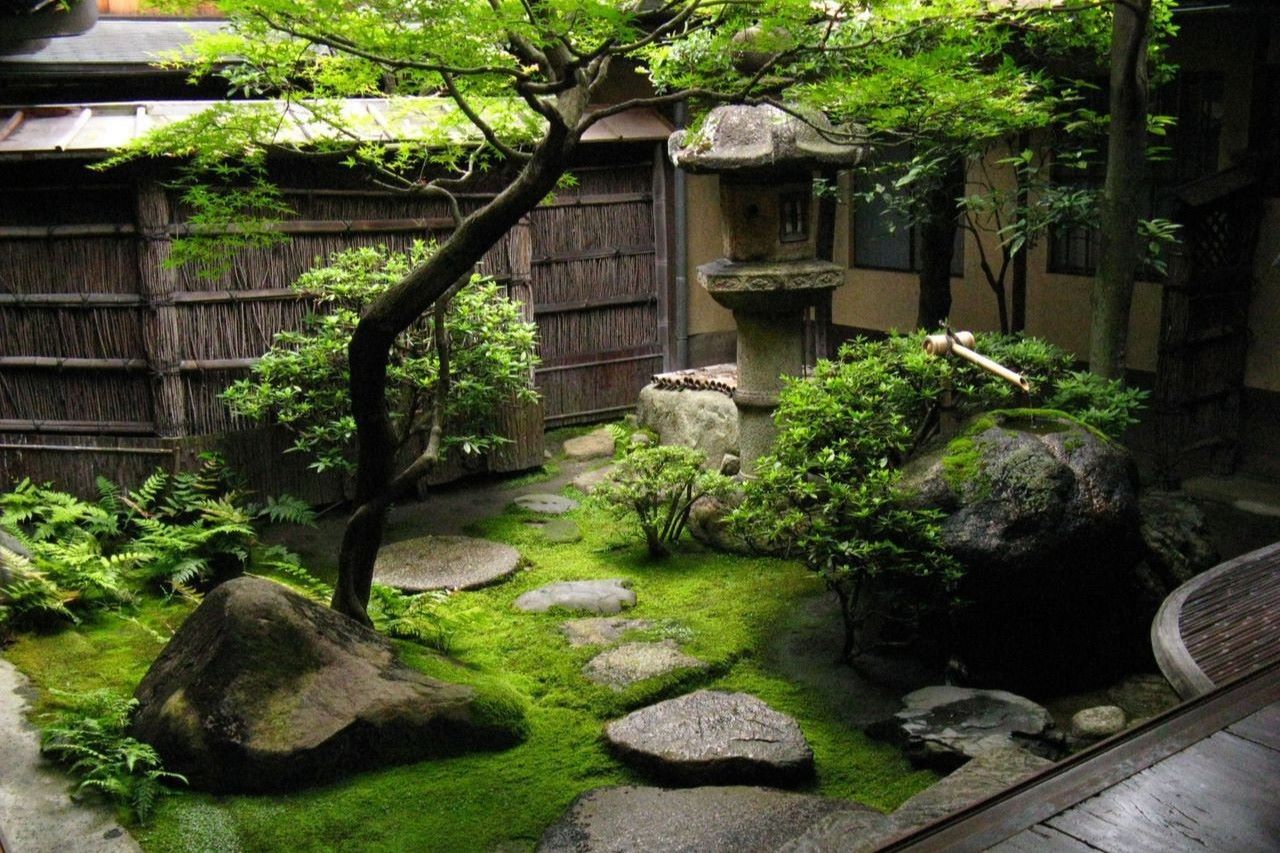

Ideas and Tips
How To Design A Japanese-Inspired Garden
Modified: October 27, 2024
Learn how to design a serene Japanese-inspired garden with essential elements like water, rocks, plants, and paths for a tranquil outdoor space.
(Many of the links in this article redirect to a specific reviewed product. Your purchase of these products through affiliate links helps to generate commission for Storables.com, at no extra cost. Learn more)
Creating a Japanese-inspired garden is a journey that combines art, nature, and spirituality. These gardens are renowned for their tranquility and beauty, offering a serene escape from the hustle and bustle of daily life. Whether you have a small backyard or a spacious lot, you can design a Japanese garden that reflects the timeless principles of this ancient tradition.
Understanding Japanese Gardens
Japanese gardens have a rich history and come in various styles, each with its unique characteristics and purposes. Here are the most common styles:
-
Karesansui (Zen Garden): Known for its dry landscape, featuring rocks, gravel, and sand raked to represent water. This style emphasizes simplicity and the beauty of imperfection.
-
Tsukiyama (Hill Garden): This type includes artificial hills and ponds, often resembling natural landscapes in miniature form. It is designed to create a sense of depth and perspective.
-
Chaniwa (Tea Garden): Designed for tea ceremonies, these gardens emphasize simplicity and rustic beauty. They are typically small and intimate, focusing on the spiritual experience of the tea ceremony.
-
Kaiyū-shiki-teien (Stroll Garden): These large gardens are meant to be enjoyed by walking along a path that reveals a sequence of carefully composed scenes. They often include water features, bridges, and various plant species.
Essential Elements of a Japanese Garden
To create a Japanese-inspired garden, you need to incorporate several essential elements:
-
Water (Mizu): Represents life and renewal. It can be a pond, stream, or even a small fountain. Water features are crucial in Japanese gardens as they symbolize the flow of life.
-
Rocks and Gravel (Ishi and Suna): Symbolize mountains, islands, or riverbeds. In Zen gardens, gravel is raked to mimic the flow of water, creating patterns that reflect the natural world.
-
Plants (Shokubutsu): Use of evergreens, moss, bamboo, and flowering plants to provide year-round beauty and a sense of timelessness. Plants are carefully selected to ensure they thrive in the local climate.
-
Lanterns (Tōrō): Stone lanterns provide light and serve as ornamental elements. They are often placed at strategic points to highlight the beauty of the garden.
-
Bridges (Hashi): Wooden or stone bridges symbolize the journey between worlds. They are used to connect different parts of the garden and create a sense of transition.
-
Paths (Roji): Stepping stones or gravel paths guide visitors and create a journey through the garden. These paths are designed to be walked barefoot, fostering a sense of connection with nature.
-
Fences and Gates (Kekkai and Mon): Bamboo fences and wooden gates frame the garden and provide a sense of enclosure and separation from the outside world. They also help to create a sense of mystery and anticipation.
How to Create Your Own Japanese Garden
1. Planning and Design
Creating a Japanese garden begins with careful planning and design. Here are the steps to follow:
-
Sketch a Layout: Start by sketching a layout of your garden space. Consider the garden's purpose and the style you want to achieve. Identify existing features like trees or slopes that can be incorporated into the design.
-
Choose the Right Location: Ensure the garden will receive enough sunlight and has good drainage. Consider the view from inside your home, as Japanese gardens are often designed to be viewed from specific vantage points.
-
Create the Structure: Begin with the major elements: lay out paths, place rocks, and build any structures like bridges or lanterns. Install a pond or stream if your design includes water features.
-
Add Plants: Select plants suited to your climate. Use evergreens for year-round blooms, deciduous trees for seasonal changes, and ground cover plants like moss. Some popular options include wisteria, peonies, ferns, and Japanese maples.
-
Install Finishing Touches: Place lanterns, water basins, and other decorative elements. Add mulch or gravel around plants and paths to maintain a clean look.
-
Maintain the Garden: Regular pruning, weeding, and raking are essential to keep the garden looking its best. Seasonal tasks include replacing annual plants, cleaning water features, and adjusting the raked patterns in gravel gardens.
Tips for Success
-
Simplicity and Balance: Japanese gardens emphasize simplicity and balance. Avoid overcrowding the space with too many elements. Each element should have a purpose and/or symbolic meaning.
-
Symbolism: Everything you add should have a purpose and/or symbolic meaning. For example, rocks can represent mountains, while water symbolizes life.
-
Perspective: Design the garden to be viewed from multiple angles, creating a dynamic experience as you move through the space.
-
Nature’s Imperfection: Embrace wabi-sabi, the beauty of imperfection, by allowing natural forms and materials to guide your design.
Practical Tips for Designing Your Japanese Garden
1. Incorporate Natural Elements
Japanese gardens are deeply rooted in nature. Incorporate natural elements like rocks, gravel, and plants that reflect the natural world.
2. Use Seasonal Plants
Seasonal plants are essential in creating a dynamic and ever-changing garden. Use evergreens for year-round beauty and deciduous trees for seasonal changes.
3. Create a Sense of Depth
Use elements like hills and water features to create a sense of depth in your garden. This will help to create a more immersive experience for visitors.
4. Incorporate Symbolic Elements
Each element in a Japanese garden has symbolic meaning. Incorporate elements like lanterns, bridges, and stepping stones to add depth and meaning to your garden.
5. Maintain the Garden Regularly
Regular maintenance is crucial in keeping your Japanese garden looking its best. This includes tasks like pruning, weeding, and raking gravel.
Case Studies: Real-Life Inspirations
For inspiration, look at real-life examples of Japanese gardens. Here are a few case studies:
-
Tea Garden for an Urban Farmhouse: This garden features a clay wall with a split-bamboo frame and a stone base. It is designed to be small and intimate, perfect for an urban setting.
-
The Landslide That Became a Garden: This garden features a terraced slope, trees, bushes, long grasses, and moss. It is an example of how natural elements can be transformed into a beautiful garden.
-
Buddha’s Mountain Retreat of Moss and Stone: This garden features vertical-split bamboo and brushwood fencing. It is designed to be serene and peaceful, perfect for meditation.
-
Paradise in an Urban Jungle: This garden features a pond, Japanese-style bridge, and stone lanterns. It is an example of how you can create a Japanese garden in a small urban space.
Conclusion
Creating a Japanese-inspired garden is a journey that requires careful planning and attention to detail. By incorporating essential elements like water, rocks, plants, lanterns, bridges, paths, and fences, you can create a serene and beautiful space that reflects the timeless principles of Japanese gardening. Remember to maintain your garden regularly and embrace the beauty of imperfection. Whether you have a small backyard or a spacious lot, you can design a Japanese garden that brings tranquility and beauty to your life.
Read more: 100 Most Inspiring Garden Ideas Of All Time
Additional Resources
For those interested in learning more about Japanese gardening, there are several excellent books available:
-
"Create Your Own Japanese Garden" by Takashi Sawano: This book provides detailed step-by-step advice on how to design and construct Japanese gardens in various sizes.
-
"Japanese Garden Design" by Marc P. Keane: This book explains the theory, history, and intricacies of Japanese gardening, including the influences of Confucian, Shinto, and Buddhist principles.
-
"The Art of Japanese Gardens" by Herb L. Gustafson: This book explores the serene gardens of Japan, highlighting their design principles and historical context.
-
"Japanese Gardening" by Charles Chesshire: This practical guide offers expert information on how to create the perfect Japanese-style garden in any location, large or small.
By following these tips and resources, you can create a beautiful and serene Japanese-inspired garden that brings tranquility and beauty to your life.
Was this page helpful?
At Storables.com, we guarantee accurate and reliable information. Our content, validated by Expert Board Contributors, is crafted following stringent Editorial Policies. We're committed to providing you with well-researched, expert-backed insights for all your informational needs.

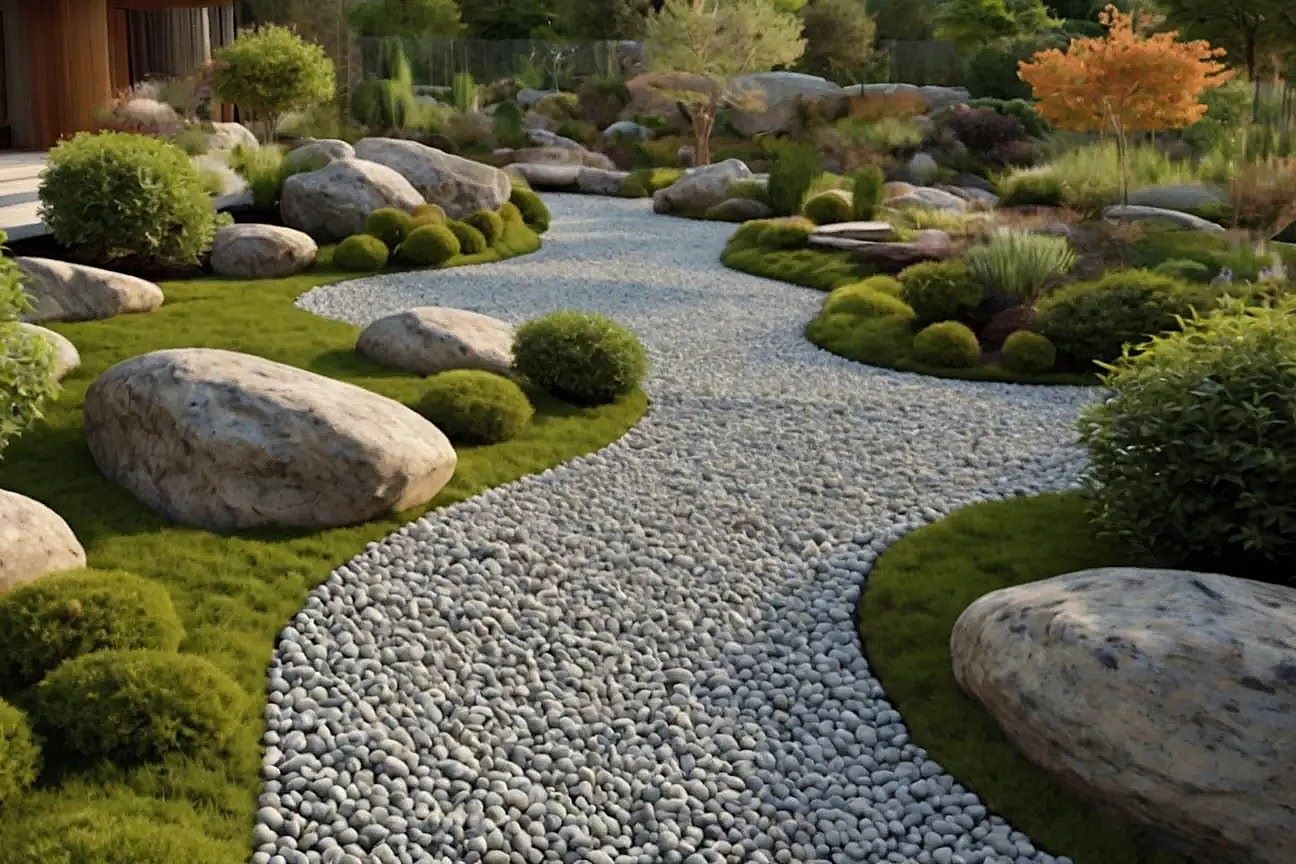
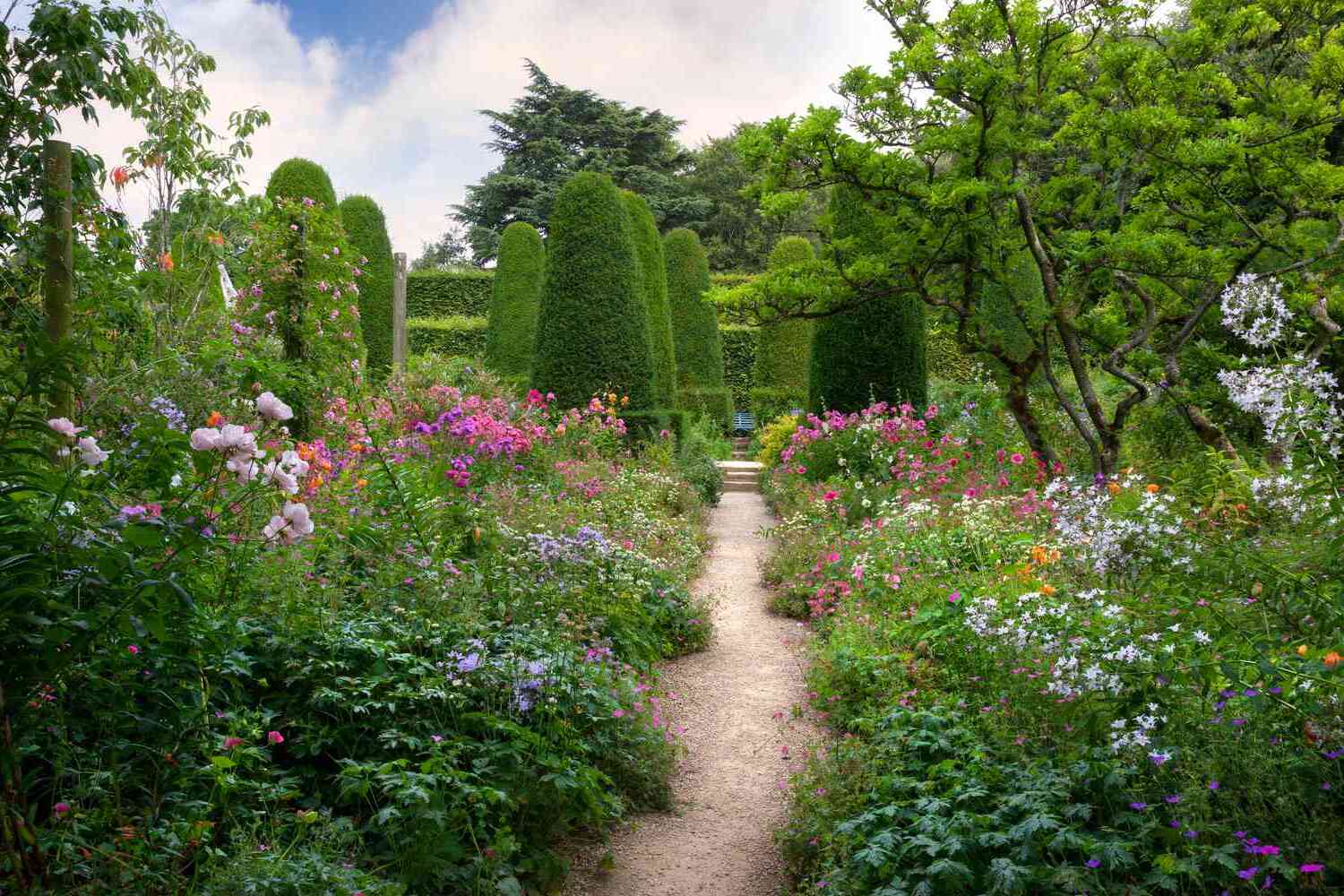

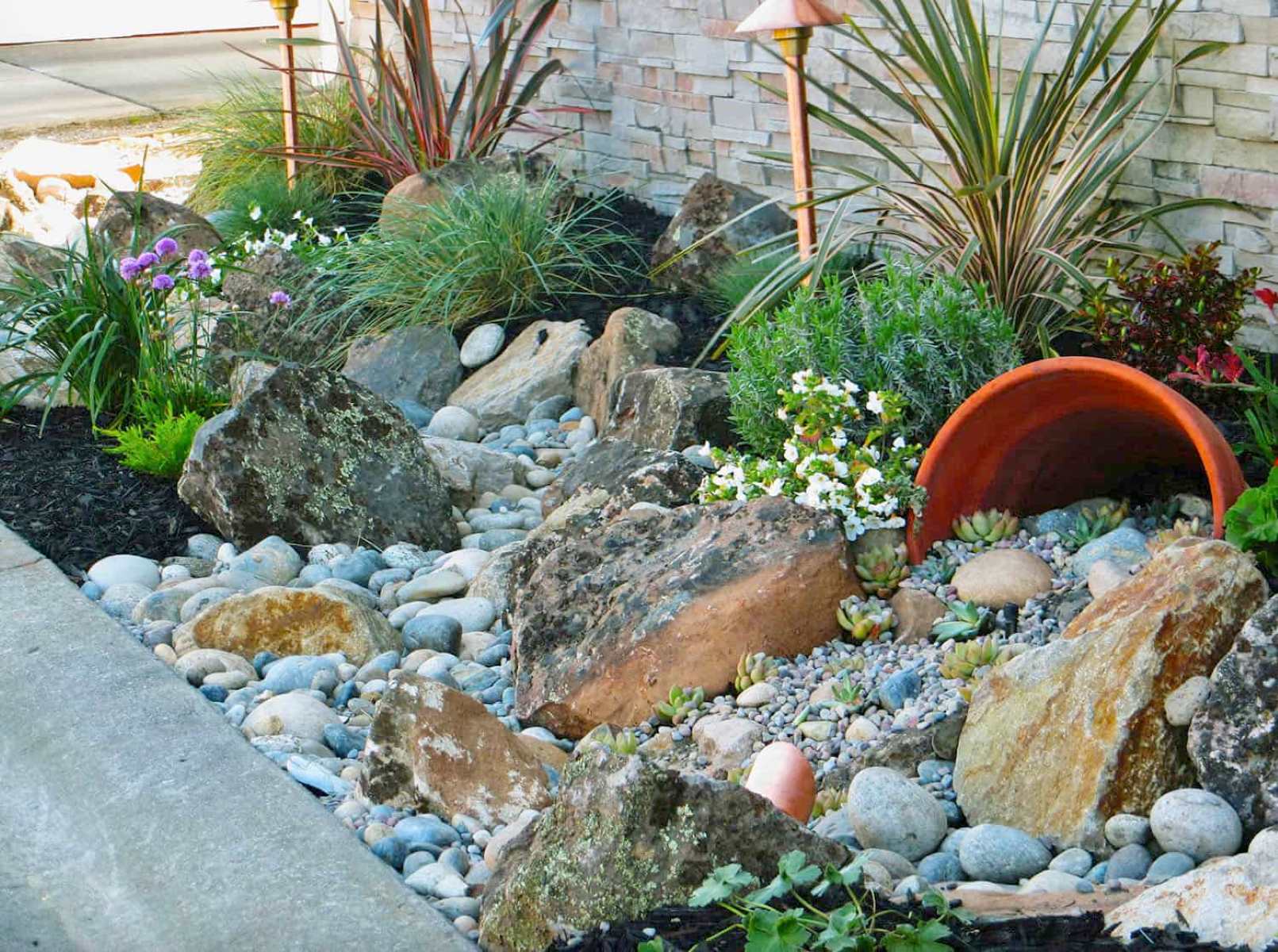


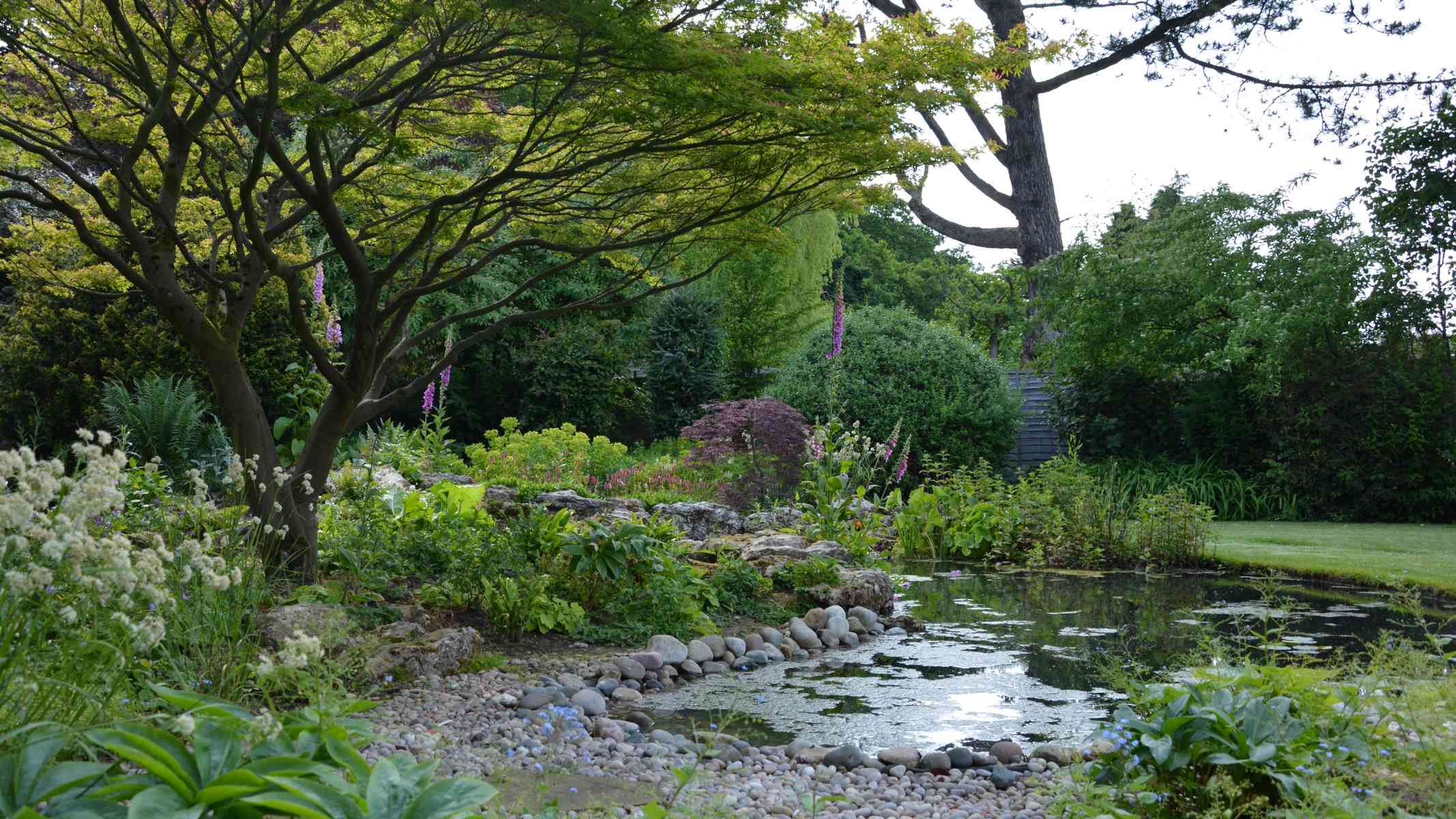
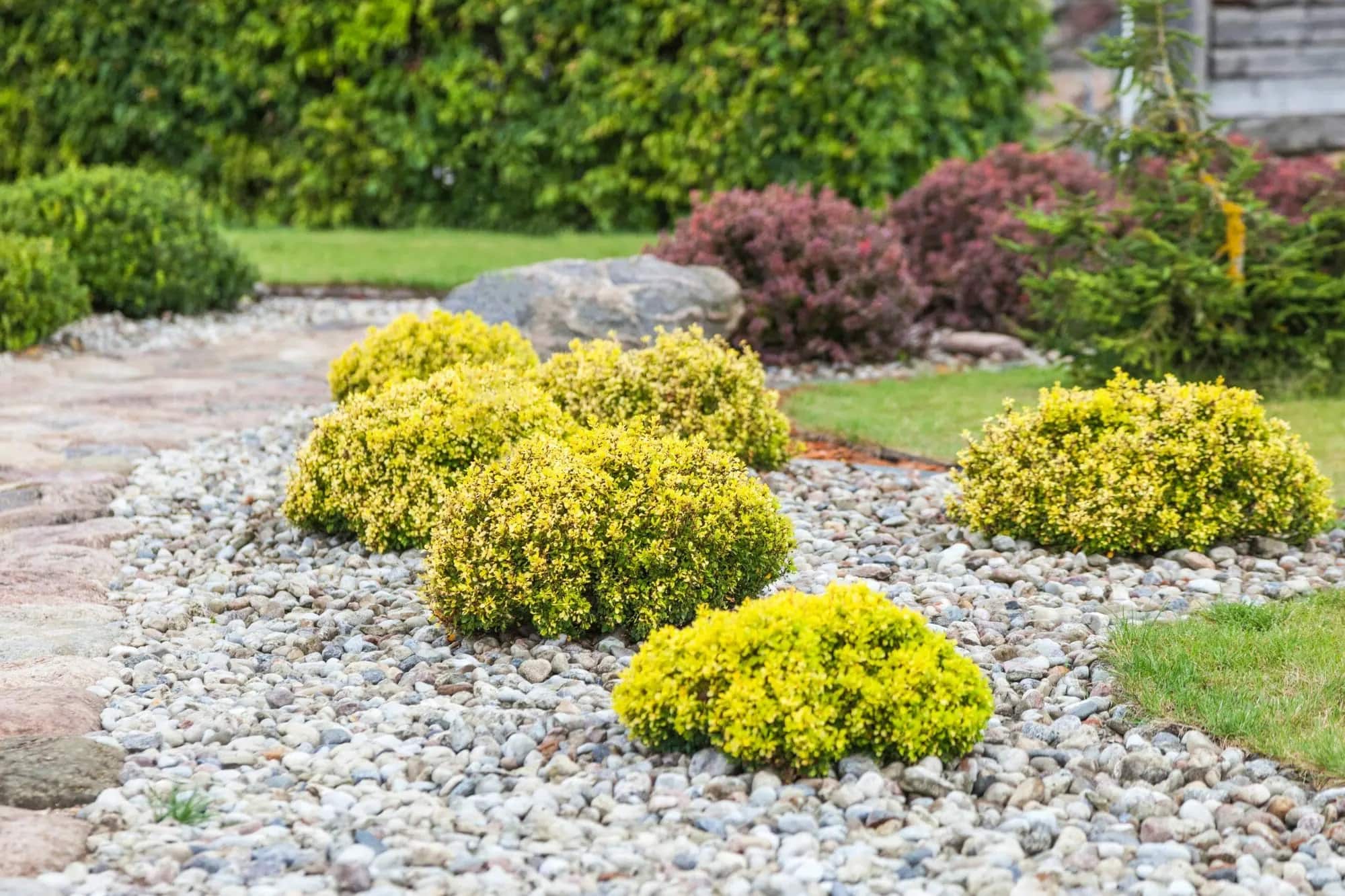

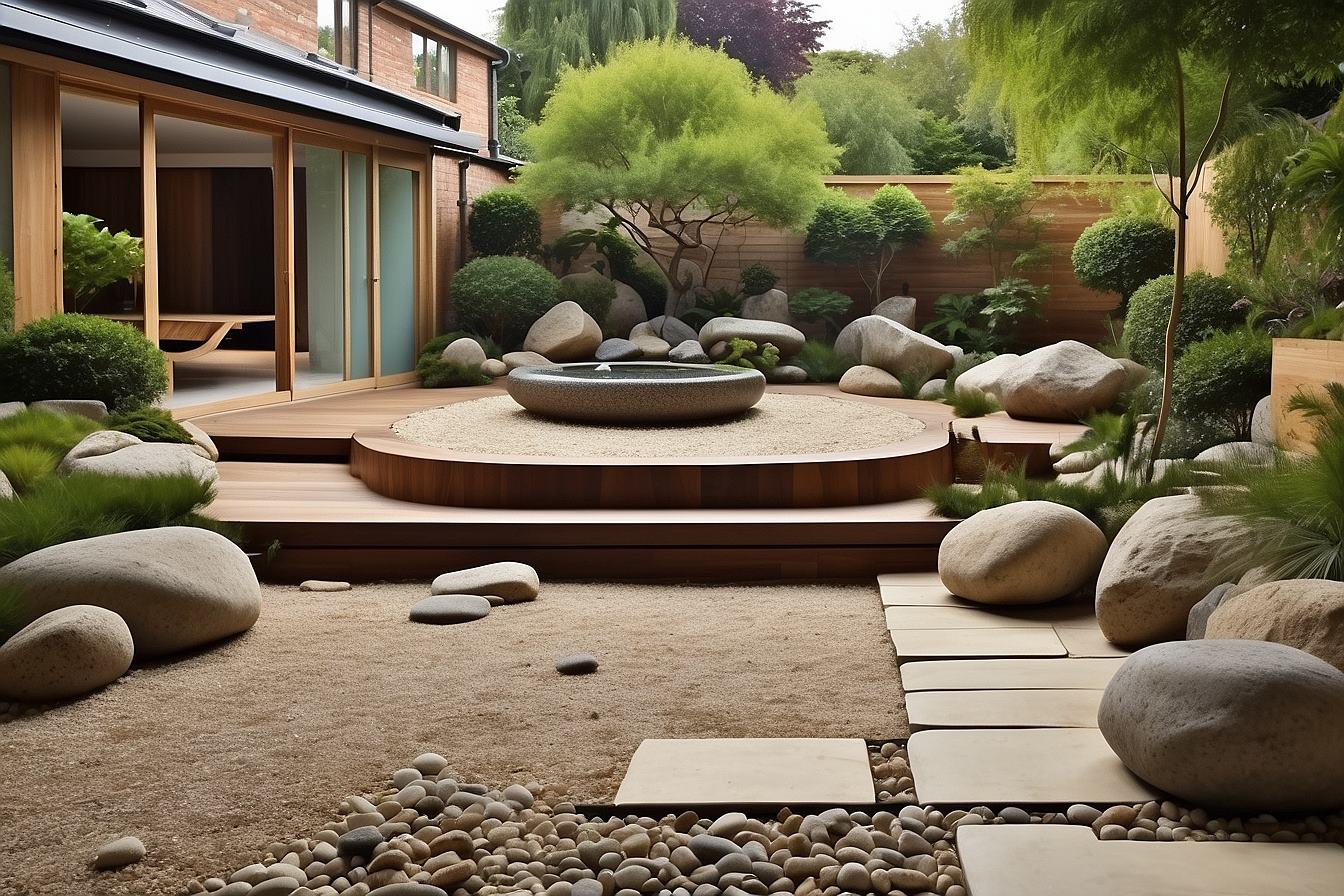


0 thoughts on “How To Design A Japanese-Inspired Garden”